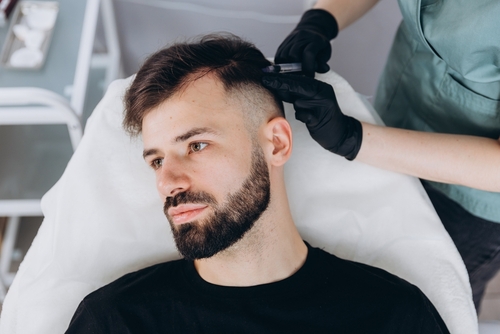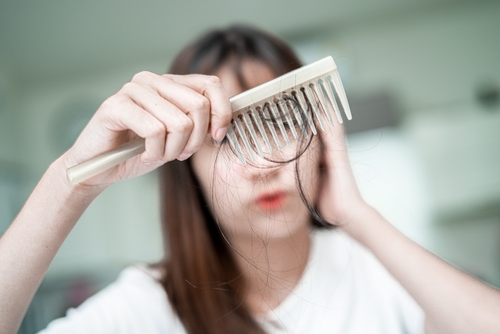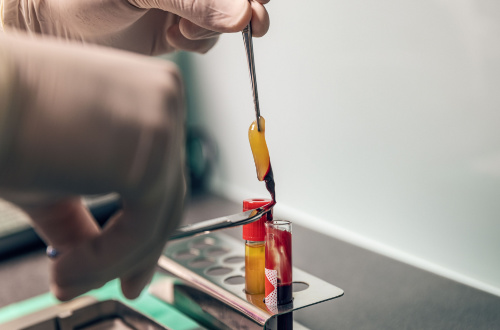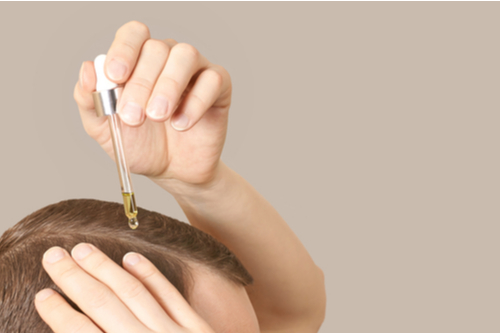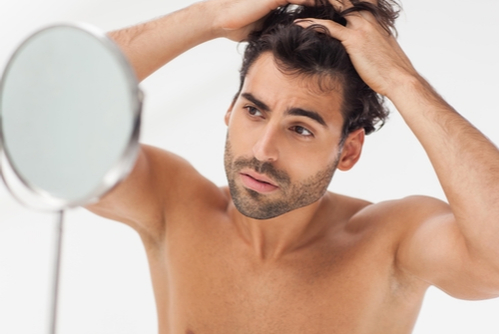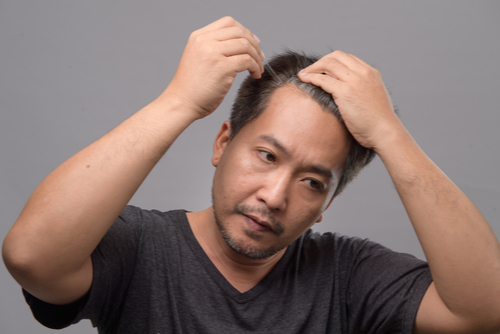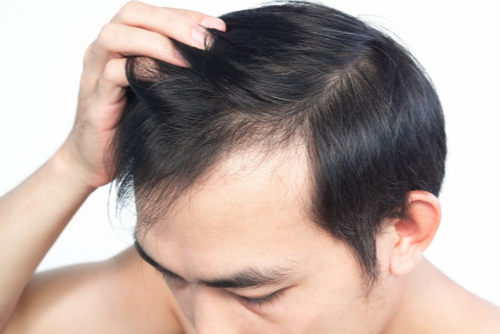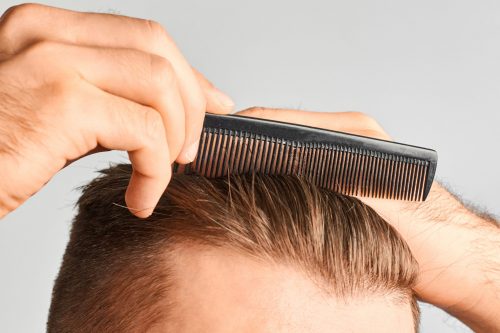
Do I Need To Stop Topical Hair Treatments After PRP Injections?
Topical hair loss treatments such as Minoxidil are available over-the-counter and via prescription. They are one of the easiest options to promote hair growth and often one of the first lines of treatment. However, if a patient undergoes platelet rich plasma injections for hair restoration, do they need to stop these treatments? The experts at PRP In Seattle answer the question, “Do I need to stop topical hair treatments after PRP injections?”
Immediately after treatment, you will need to cease the use of topical hair restoration treatments. This gives your scalp time to heal. It also may cause irritation or pain to apply topical treatments to the scalp too soon. However, after about one or two weeks, you can start applying it again.
In fact, using topicals along with PRP injections often provides better results than either treatment alone. Just ensure that you do not start using Minoxidil too soon after an injection session. Our providers can also prescribe prescription strength hair restoration medications.
To learn more and schedule a consultation, call us at 206-279-2112. You can also reach out online via chat or contact form.

